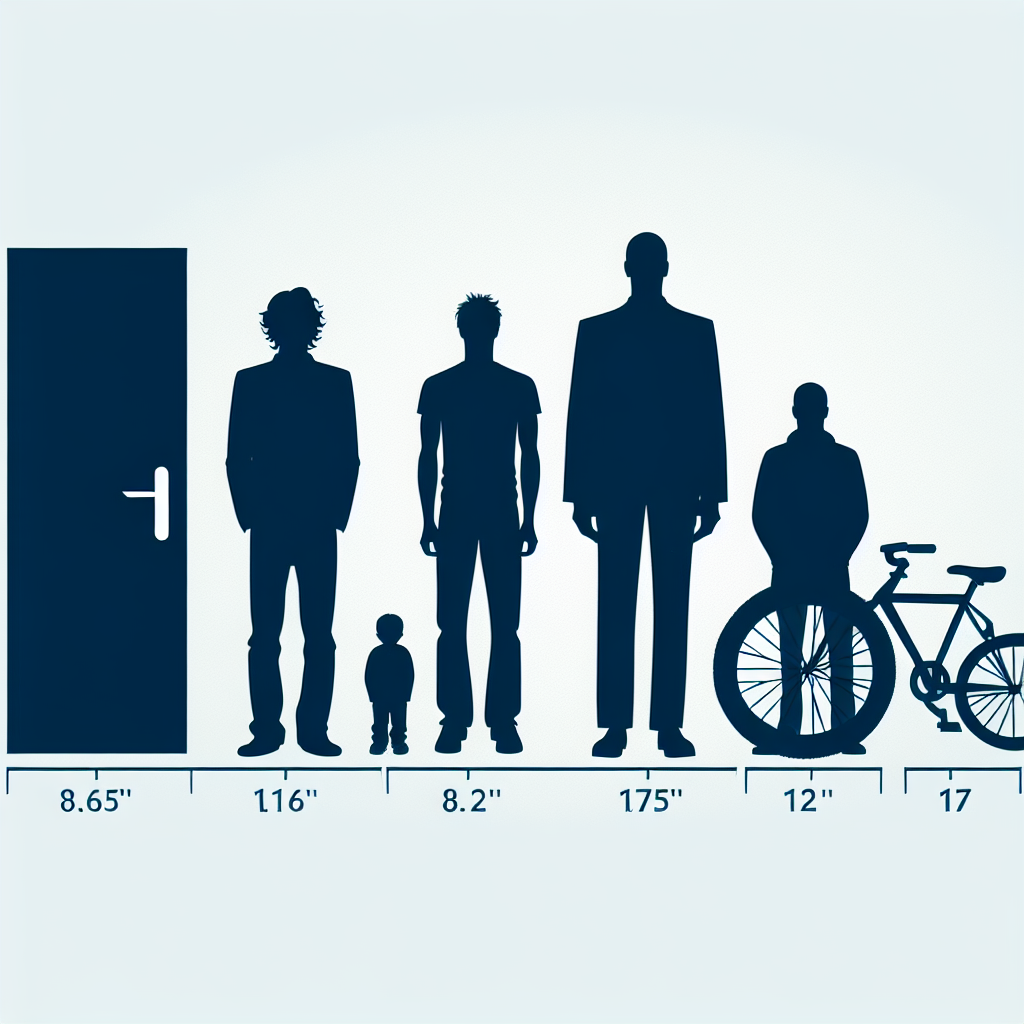Trends in Mobility: A Forward-Looking Approach to Transportation Innovation
In today's fast-paced world, trends in mobility are rapidly evolving, reflecting advancements in technology, sustainability, and consumer preferences. This article delves into the significant trends shaping the future of transportation, focusing on electric vehicles, shared mobility solutions, and the impact of urban planning.

Trends in Mobility: A Forward-Looking Approach to Transportation Innovation
As we navigate through the complexities of modern transportation, understanding trends in mobility is crucial for businesses, policymakers, and consumers alike. The evolution of mobility reflects broader societal changes, including shifts toward sustainability, technology integration, and new economic models.
1. Electric Vehicles: The Driving Force of Mobility Trends
One of the most prominent trends in mobility is the exponential growth of electric vehicles (EVs). With an increasing focus on reducing carbon emissions, governments worldwide are implementing more stringent regulations while also providing incentives for EV adoption.
According to recent reports, the global electric vehicle market is projected to grow at a compound annual growth rate (CAGR) of over 20% in the coming decade. Consumers are becoming more aware of the benefits of EVs, including lower operational costs and improved technology features. As battery technology improves, the range and convenience of EVs are set to enhance their appeal further.
2. Shared Mobility: Redefining Urban Transportation
The rise of shared mobility solutions, such as ride-sharing and carpooling services, is redefining urban transportation dynamics. Companies like Uber and Lyft have emerged as leaders, signaling a shift from traditional car ownership to more flexible transportation models.
Shared mobility reduces congestion on urban roads and offers cost-effective options for users. As cities become more crowded, shared mobility is a trend that aligns well with the need for efficient transport solutions. Furthermore, the integration of shared services with public transportation networks is enhancing accessibility and convenience for commuters.
3. Micromobility: Meeting the Need for Last-Mile Solutions
Micromobility solutions, including e-scooters and bicycles, have gained immense popularity, particularly in urban environments. They serve as ideal options for last-mile connectivity, filling the gaps left by traditional public transport systems.
Urban planners are increasingly incorporating lanes and infrastructure to support micromobility, making cities more bike-friendly and accessible. Companies like Bird and Lime are competing to capture the micromobility market, aiming to create eco-friendly and convenient modes of transportation.
4. Autonomous Vehicles: The Future of Road Transport
Autonomous vehicles (AVs) represent one of the most groundbreaking trends in mobility, promising to revolutionize how we interact with transportation systems. Developments in AI and machine learning are driving the progress of self-driving technology, which is gradually being tested in urban environments.
The potential benefits of AVs are vast, including decreased traffic accidents, reduced need for parking spaces, and improved traffic flow. However, regulatory challenges and public acceptance are still hurdles that need addressing before widespread adoption can occur.
5. Sustainability and Eco-Friendly Mobility Solutions
As environmental concerns take center stage, sustainability is becoming an integral part of mobility strategies. Cities are prioritizing eco-friendly transportation, including electric buses and renewable energy sources for public transit systems.
Furthermore, the concept of the '15-minute city,' where all essential services are within a 15-minute walk or bike ride, is gaining traction. This trend aims to minimize reliance on cars, thereby reducing emissions and enhancing the quality of urban life.
6. The Role of Technology in Mobility Trends
Technology plays a pivotal role in shaping trends in mobility. Innovations in connectivity, such as 5G networks, are enhancing real-time data sharing among vehicles, leading to safer and more efficient traffic management systems.
Mobility as a Service (MaaS) platforms are also emerging, combining various transport services into a single accessible and customer-friendly interface. This integration allows users to plan, book, and pay for multi-modal transport options seamlessly.
7. Urban Planning and Mobility Trends
Effective urban planning is essential in addressing the challenges posed by increasing urbanization. Local governments are reassessing their infrastructure to accommodate evolving mobility needs, focusing on walkable cities, public transport enhancements, and the integration of green spaces.
Smart city initiatives that incorporate real-time data analytics create opportunities for improved traffic flow and reduced congestion, further driving the momentum of trends in mobility.
Conclusion
The landscape of mobility is continuously evolving, driven by technological advancements and shifting societal needs. The trends discussed—ranging from electric vehicles and shared mobility to the role of technology and urban planning—are not just fleeting fads, but critical frameworks shaping our future transportation systems.
Understanding these trends in mobility is vital for stakeholders across sectors to leverage opportunities, address challenges, and ultimately create a more sustainable and efficient transportation ecosystem.
New posts

Everything You Need to Know About Battery as a Service (BaaS)
Sustainability

Exploring NIO Sports Cars: Performance, Technology, and Future Prospects
Automotive

Trends in Mobility: A Forward-Looking Approach to Transportation Innovation
Innovation







Popular posts

Smart Device Integration in Cars: Revolutionizing the Driving Experience
Innovation

Exploring the Future of E Automobiles: Questions Answered
Sustainability

Unlocking the Future: The Role of Sensors in Vehicles
Automotive Technology

Exploring the Electric Coupe: A New Era of Performance and Style
Sustainability

How Much is the AVTR Car? A Comprehensive Cost Analysis
Mercedes-Benz

Understanding NIO AD: Revolutionizing Autonomous Driving
Automotive

Revolutionizing Mobility: The Latest Breakthroughs in New Electric Car Battery Technology
Sustainability

Harnessing Solar Power: The Revolutionary Impact of Solar Roofs on Cars
Sustainability

The Future of E-Fuel Gasoline: Revolutionizing Transportation
Sustainability

Exploring Intelligent Driving: Key Questions and Insights
Transportation Innovation